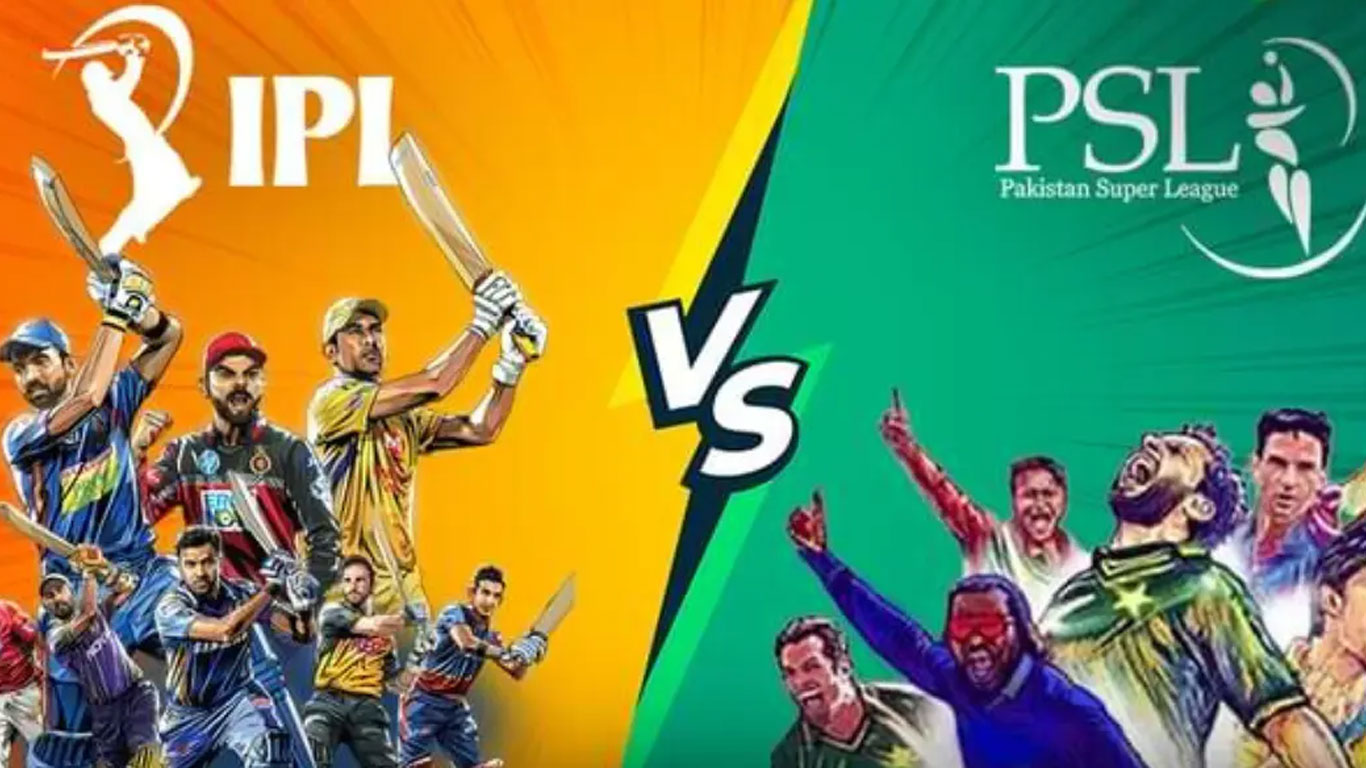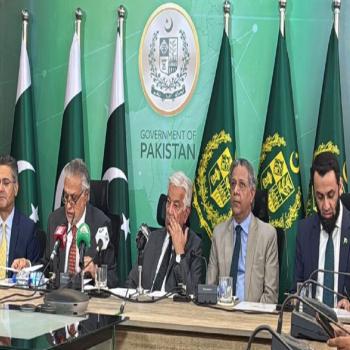With the rise of franchise T20 leagues, the world of cricket has seen a wonderful change; two events stand out as the most exciting spectacles in the game nowadays. Fans all across have been enthralled by the Indian Premier League (IPL), with its glamorous, high-octane style of cricket, and the Pakistan Super League (PSL), renowned for its raw emotion and fierce competition.
The argument becomes more heated as these two leagues keep rising in prominence because which one really reflects the height of franchise cricket? This thorough investigation explores every element of both competitions to provide cricket fans a clear view of how these leagues differ and what distinguishes each one.
League origins and development paths
Originally a groundbreaking idea by the BCCI, the IPL arrived on the scene in 2008, permanently altering the game of cricket. Considered as a union of sports and entertainment, the league became a worldwide sensation very fast. Its creative franchise approach generated an unheard-of buzz by drawing rich owners, Bollywood stars, and worldwide stars. With its brand worth rising to an incredible $10.9 billion by 2023, the IPL became the second most valuable sports league worldwide within only a few years, behind only the NFL. The league's success rests on its ideal fusion of entertainment extravaganza and cricketing brilliance, therefore redefining sports business models all around.
By comparison, the PSL started its adventure in 2016 under somewhat different conditions. At the time, Pakistan cricket had great difficulties, especially in relation to world opinions on security. The league's officials had to put in a lot of effort to persuade foreign players to take part, thus progressively establishing credibility via well-run events and competitive cricket. Notwithstanding these challenges, the PSL has developed its own character and is currently aired in more than 100 countries with a brand worth around $300 million. The PSL's organic character is unique; it has grown depending on the fervent support of Pakistani cricket fans and the indisputable ability of its local players, rather than on the huge corporate backing that drove the IPL.
Financial strength and economic effects
Looking at the financial side, it is clear right away how different the two leagues are. With club pay ceilings surpassing ₹100 crore (around 12 million), the IPL runs on a whole other economic plane. Every year the auction mechanism generates amazing events, such as when Sam Curran turned out to be the most expensive player ever at ₹18.5 crore.
The IPL is among the most profitable T20 events for pros, as average player pay falls between 2 and 5 crore. With the Mumbai Indians valued at 12 million in 2024, franchise values convey an even more striking narrative. Every year the auction mechanism generates amazing events, like Sam Curran being the most expensive player ever at ₹18.5 crore.
The IPL is among the most profitable T20 events for pros, as average player pay falls between 25 crore. With the Mumbai Indians valued at 1.3 billion and the Chennai Super Kings close behind at $1.15 billion, franchise values tell an even more remarkable narrative – sums that challenge major football teams in Europe.
Though its financial structure seems small in contrast, the PSL demonstrates encouraging growth. With a 1.2 million club wage ceiling, the league emphasises sustainable growth over ostentatious expenditure. With Babar Azam's 1.2 million, the league gives sustainable development greater priority than ostentatious expenditure. While local players usually make between 30,000 and 80,000, Babar Azam's 170,000 deal is the current highest pay. Though far less than their IPL rivals, team values show a consistent increase; Lahore Qalandars valued at 35 million and Karachi Kings valued at 28 million show consistent appreciation. This financial model helps the PSL to stay competitive among teams and provide higher value for upcoming players.
Star power
In the T20 scene, the IPL's capacity to draw the top cricket players remains unmatched. While the league is attracting top-20 T20 players from all across the world, current marquee players like Virat Kohli, MS Dhoni, Jasprit Bumrah, and Rashid Khan provide enticing star power. The IPL has glitz thanks in part to retiring stars like Chris Gayle and Dwayne Bravo extending their careers there. The breadth of quality is such that world-class internationals can find themselves on the bench, evidence of the amazing player pool of the league.
The player mix of PSL presents another but equally interesting narrative. Although the league lacks the same concentration of worldwide superstars, it has become the ideal venue for Pakistani talent to flourish. Through the PSL, local heroes such as Babar Azam, Shaheen Afridi, and Mohammad Rizwan have grown into world-class talents. The league has effectively moved from depending on ageing foreign stars to developing younger abroad players that complement the home core. This strategy has given the PSL a distinct reputation as a future star breeding ground instead of being a retirement location for well-known personalities.

Stadium experience and fan involvement
Seeing an IPL match is like seeing a great entertainment show. Hollywood glitz for the cricketing action comes from the presence of celebrity owners like Shah Rukh Khan and Preity Zinta. From DJs, cheerleaders, and pyrotechnics, stadiums hum with vitality that goes beyond conventional cricket watching. While creative fan involvement tactics via social media, team anthems, and souvenirs have built passionately dedicated fan followings, average attendance often exceeds 30,000. Appealing to both die-hard supporters and casual spectators alike, the IPL has perfected the art of making cricket matches seem like significant entertainment events.
The PSL presents a somewhat different yet equally interesting experience. The league depends on sheer cricketing enthusiasm to excite venues without the glitter and gloss of its Indian rival. The Gaddafi Stadium in Lahore has come to be associated with electrifying ambiance, where the booming cries of ardent supporters more than offset the lack of cheerleaders. This results in a more natural, football-like setting where the link between local players and their communities is clear. More reasonable ticket costs guarantee that stadiums stay crowded with real cricket fans, therefore fostering an intensity that many believe reflects the actual essence of the game.

Match quality and on-field competitiveness
The two leagues have somewhat different kinds of games, mostly depending on tournament rules and pitch conditions. Usually featuring batters, IPL matches benefit from shorter boundaries and flat pitches that provide high-scoring events. Teams surpassed 200 22 times; the 2023 season had an average first innings score of 185. With consistent performance across seasons, this batting supremacy has resulted in the rise of powerhouse teams including the Mumbai Indians and the Chennai Super Kings, each claiming five titles.
On the other hand, the PSL is known for generating fairer competitions between bat and ball. Teams hitting 200 just six times, the 2023 edition had an average first innings score of 165. This balance has produced tighter, more erratic games in which bowlers have major roles. With five different champions won in only eight seasons, the league's competitive balance stands out in sharp contrast to the IPL's more predictable hierarchy. Many cricket purists value the PSL's focus on all-round cricket abilities above just power-hitting ability.
Worldwide influence and media profile
In the cricket scene, the media supremacy of the IPL is still unopposed. Reflecting its enormous economic appeal, the 2023–27 broadcasting rights came at a startling ₹48,390 crore ($6.2 billion). With over 500 million streaming on JioCinema alone, the digital audience shattered records in 2023; multinational broadcast alliances guarantee the league reaches every cricket-loving country. This unmatched media coverage has turned the IPL into a worldwide sensation, breaking beyond conventional cricket limits.
Though the PSL cannot equal these figures, its media presence demonstrates an annual remarkable increase. While digital alliances with companies like SonyLiv and Willow TV have increased its worldwide reach, the existing television rights contract for $15 million yearly marks notable improvement. Particularly among the Pakistani diaspora, key markets in the UK, Middle East, and North America still exhibit rising interest. The league's capacity to increase broadcast income in the face of political and financial obstacles shows its promise for much more growth.
Difficulties and debaters
Both leagues have had their fair share of scandals that have tried their legitimacy. 2013 saw the worst of the IPL, as a spot-fixing scandal resulted in suspensions for many players, including Sreesanth. Conflicts between franchises have also surfaced; most famously, Chennai Super Kings' two-year ban for betting activity. With many international players now closely controlling their involvement, the league's tight calendar has sparked questions about player fatigue.
The PSL has negotiated certain difficulties of its own. Though mostly unfounded in recent years, security issues still cause some international players to be reluctant to engage. There has periodically been financial unrest; stories of delayed player payments generate unwelcome news. The league also deals with more general political problems between India and Pakistan, which restrict possible cooperation and player exchanges between the two tournaments.
Honouring cricket's diverse excellence
After looking at every element of these two amazing leagues, it is evident that proclaiming one better than the other relies only on what features of cricket appeal most to individual viewers. Regarding financial success, celebrity power, and production values, the IPL is without a doubt the frontrunner. Its capacity to combine entertainment with cricket has produced a model for sports leagues all over. The PSL presents a much different but equally worthwhile offer in terms of its real cricketing environment, competitive balance, and emphasis on local talent development.
Cricket fans should enjoy both leagues for their unique contributions to the game, not see them as competitors. While the PSL preserves the raw emotion and purity that makes cricket so adored, the IPL pushes limits in sports entertainment and corporate creativity. Together, they reflect the varied quality of contemporary cricket, one highlighting its glitzy future and the other safeguarding its old spirit. Fans in this golden era of franchise cricket are really spoilt with options.






